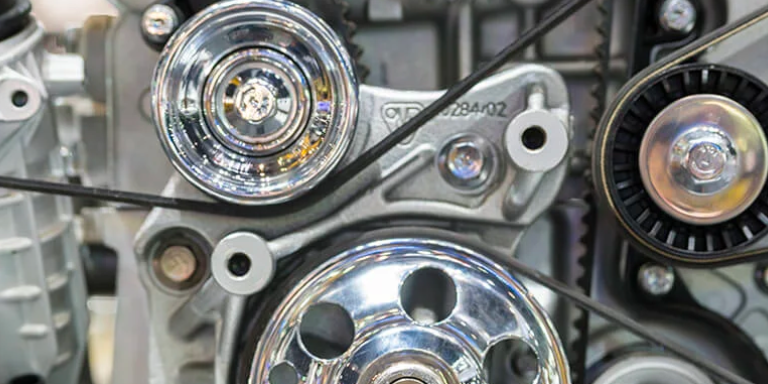
Industrial asset defined as large dynamic complex machine which has been manufactured and used as part of a process, system or another asset. For example: a jet engine or an aeroplane.
Assets have distinct phases which can be described as:
∞ Inception – need to order
∞ Creation – order to delivery
∞ Use – installation to decommissioned
“Data insights to pre-empt machine failures, prompt real time track and trace, etc. leads to many possibilities in the Industry4.0 era”

It is the latter phase where we are going to focus on. Before we do one word about data, to get value out of any analysis, we have to have the base data in place. This starts at the earliest phase, which is usually under the control of the original equipment manufacturer.
As soon components are incorporated into a device, the data chain gets longer and more complex. For example, if a component has multiple sources such as own manufacture and multiple vendors, how is that recorded during the manufacturing process? This gets even more complex in use as to who and how the changes in components are recorded when there are multiple agents involved. Perhaps this is a use case for Blockchain or IOTA.
Given that data is the foundation for everything, data quality is the first thing that needs to be established. Elements often include: Accuracy, Completeness, Reliability, Relevance and Timelines. Whilst there are many more, it all relates to how much trust your data will have from any of the results.
If the data is not there even simple questions are difficult to answer. If an asset needs to have an overhaul or inspection after a given period, when the next one is due becomes difficult to answer.
Such base data can be used to facilitate simple rule based additional sales. If an asset contains component X, we can replace it with component Y to give some additional advantage.
To take this example further we can use the data to build Recommendation Engines for given assets and configurations. It could suggest additional items or changes in configuration based on what others with similar assets have done.
Clustering algorithms are used to label assets into groups which broadly share the same attributes. Depending on what the attributes are, a single asset can belong to many groups. This can then be used to drive other models.
One caveat is that you always have to be aware of where an asset sits not only in relation to its peers but in relation to itself.
To give an example from a medical world. Patient J goes for a routine blood test, the same night the Doctor telephones saying the results are back, they are highly irregular and Patient J needs to be admitted to hospital immediately.
An ambulance is despatched and J ends up in A&E in the middle of the night. All the clinical staff are asking why J is there, the answer is “I don’t know”, more tests are done. Several hours later senior doctor informs J that whilst yesterday’s blood tests are indeed irregular they were the same as the last sets of results. So if the decision support mechanism had taken that into account no immediate action would have been taken resulting in time and costs saved – Asset performance works in exactly the same way.

Some of the core benefits include:
Asset Utilization – can not only be seen as a simple value but how it is utilised to get the best results. How different operators use the asset, can be used to reduce wear on components or use less energy to perform the same tasks.
Fault & Failure Prediction – has seemed the main aim to all maintenance efforts. To be accurate it needs large amount of detailed data over a representative population.
Geolocation – Locating your assets in space is very useful for a number of reasons. It can help with security and to track movements. Building up patterns of movement and any anomalies within. Data sets can be augmented with open data, such as from Google APIs, and plotted using open mapping platforms, for example Open Street Map.
